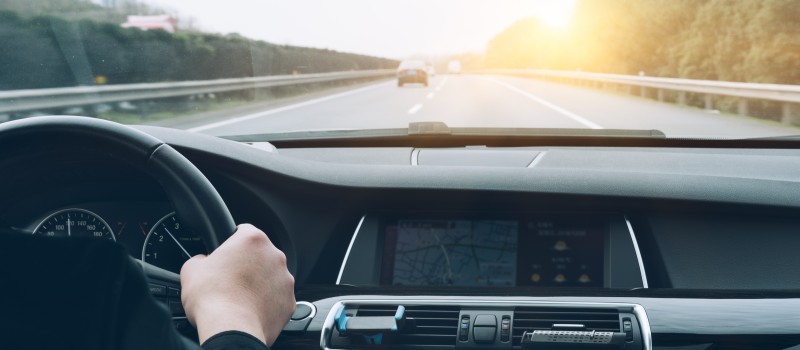Saving fuel with start-stop batteries

Did you know that the start-stop system provides significant fuel savings in your vehicle? In this article we explain why. For this we are going to start first, knowing the start-stop system and how it works.
What is the start stop system?
The start-stop system (or start-stop) is a system devised by vehicle manufacturers together with battery manufacturers to comply with the increasingly stringent European regulations regarding the emission of gases that are harmful to the environment.
The operation is very simple. Basically, it could be said that the start-stop system allows, on the one hand, to automatically stop the engine of a vehicle when it is stopped, and, on the other, to automatically start the engine as soon as it detects that it is necessary to continue driving.
The advantage of this system is that, while the vehicle is stopped with the engine off, it does not emit polluting gases into the atmosphere and also provides fuel savings. This system is especially practical and relevant in the city, where the number of starts and stops is greater.
For the start-stop system to be practical and functional, it requires two special elements:
- Special batteries: Stopping and starting the vehicle constantly makes us need a battery. There are basically two technologies: EFB technology batteries that are like conventional batteries but more reinforced and AGM technology batteries, which are of a special technology, different from the conventional one.
- Special start-up: Able to stop the vehicle as soon as it detects that it is stationary and to start the vehicle quickly as soon as the clutch is pressed or the gear starts.
- Starter motor: With Start-Stop technology, the number of starts that are carried out during a trip increases satisfactorily, which is why this type of motor is reinforced to increase its useful life and also to withstand more the engine starts.
Associated with these elements, the vehicle requires a special battery for its correct operation (batteries that we will call "start-stop batteries"), a series of electronic elements and special sensors, etc ...
Saving energy with the start-stop system
The aim of this technology is to reduce both fuel consumption and CO2 emissions.
This system helps save energy, which also saves money and also emits less greenhouse gases such as carbon dioxide. However, according to studies carried out, this saving varies depending on the area in which the car moves and the characteristics of the car itself. For example, vehicles with start-stop systems that operate in the city save up to 15% more fuel than those without it. The explanation is simple: the car stops at traffic lights, traffic jams or crosswalks for up to 30% of the travel time in the city.
The consequences of the start-stop system for car maintenance
Taking into account the frequency with which the car is started and stopped with the start-stop system, it can be assumed that the starter motor and battery wear out enormously. However, manufacturers are well aware of this shortcoming and therefore have developed special starters and batteries.
In fact, the starters of this type of vehicle have a dedicated control unit for this system that will withstand all starts throughout the life of the vehicle. For its part, the battery is specially optimized through the use of sensors to power the electrical components and needs to have a high resistance to be able to give a satisfactory response to the high number of starts that will have to be facilitated.
As we can see, the advantages of the start-stop system for saving fuel suggest that the future of motorsports will inevitably be linked to the final implementation of this system in all vehicles. In addition, it is very likely that the development of this system will follow the paths of predictive efficiency and thus become one more element of future generations of smart cars.
The average life of a start-stop battery should be similar to that of a conventional battery, around five years. As with conventional batteries, their lifespan can be shortened if the car is parked outdoors for several days and in freezing temperatures.
What can be done if the vehicle won't start and runs out of battery?
In this case, there are two options: buy a new one and change it on your own, or call the insurance company and take the car to a repair shop on a tow truck. The insurance company does not cover the cost of the battery and it is also a much more expensive option than if the battery is purchased on our website.